•
The Mozarabic Way of Santiago or as it is commonly known, Camino Mozárabe, is one of many routes that lead to Santiago de Compostela.
Camino Mozárabe Is a challenge
The Mozarabic Way was used by Christians who lived in the Arab kingdoms in Spain. It linked – as it does today – with one of the oldest routes of the camino, Vía de la Plata, to Santiago de Compostela. That was very difficult back then.
It is difficult today, in a modern kind of way.
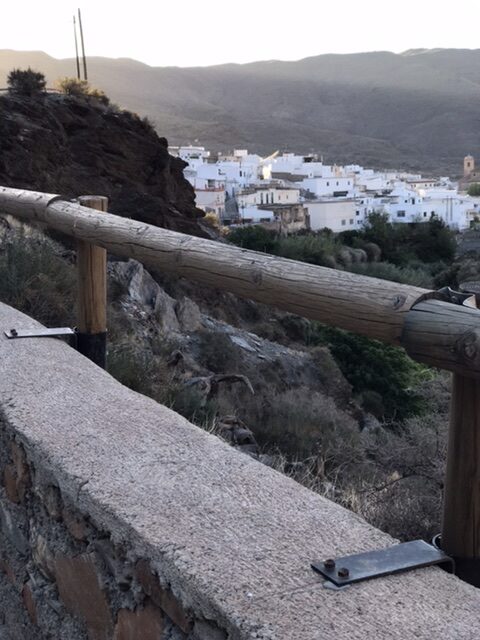
Rooted in Perserverance
Muslim domination in Spain began at the beginning of the eighth century over much of the peninsular territory. It marked the religious life of the area’s inhabitants. When news of the discovery of the tomb of the Apostle St. James in Galicia spread, the Christians who lived in the territories ruled by the Muslims would try to make pilgrimages to Compostela.
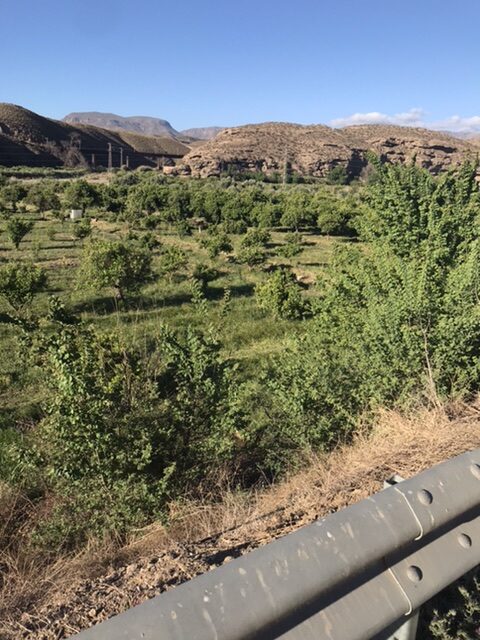
These Christians, called Mozarabs, managed to persevere in their faith and made a religious culture of their own. During the intermittent periods of peace between the Christian north and the Muslim south, the pilgrimage to the tomb of Santiago in Galicia took shape.
The Journey to Compostela
The itinerary coursed through the territories of Al-Andalus, currently Andalusia. It followed communication routes established in Roman times. Mozarabics from Almería, Granada, Málaga or Jaén converged in old Córdoba to continue from there on to Mérida.
It was dangerous, oppressively hot, and took a very long time to get to Santiago. Those conditions remain.
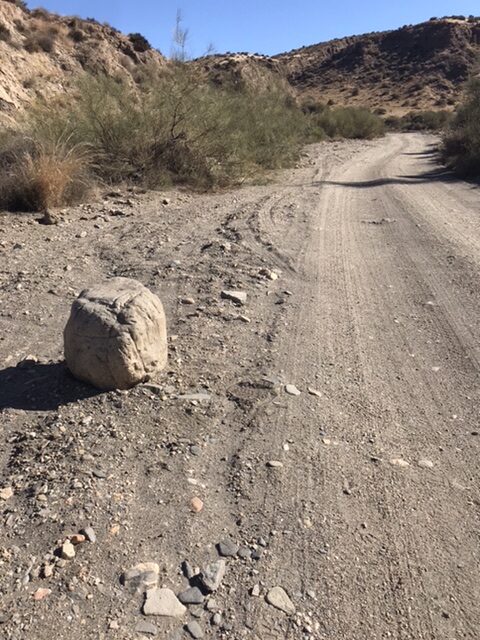
It is hot here.
Olives, almonds, kumquats, flowers, plants, and vegetables still grow here. Enormous efforts and plans in water management ensure that water is not wasted. Farmers and residents of these areas live and work with an acute awareness of the water and its importance.

Not the End of Everything
The rule of the Muslims ended in 1492 but the route did not. It was virtually abandoned for years, but interest in reviving and restoring the Mozarabic Way is growing.
The Mozarabic Way presents many options to get to Santiago. Pilgrimage associations in the regions that it crosses are making exciting changes. They offer all pilgrims a chance to experience the mixture of past cultures including pre-Roman, French, Irish, and Muslim. I have been intrigued by the retention of Muslim architectural styles, engineering innovations, cuisine, and other cultural items.
The Mozarabic route has a special section in the itinerary, the Caliphate Route, which allows the pilgrim to observe heavy remnants of Muslim rule on the Way. Many streets and towns still have their Muslim names.
There is a similar line of historic remnants on the Roman route. Today, the pilgrim route follows the ancient Roman route. Interestingly, Spain’s modern road routes follow many of these Roman routes.
There is a feeling of back and forth in the cultural influences on Mozárabe. I have met local Spaniards who originated from Turkey, Morocco, and Gibraltar.
Brief encounters on the Mozárabe
After I entered one small town searching for shelter or an albergue for the night, I encountered a young Muslim woman. We walked together and communicated the best we could. She asked many good questions including why I was walking the Mozárabe. My ears perked when she said Mozárabe with an emphasis on that first “a”. It was the first time I heard it pronounced that way. When it dawned on me what she said, I said that I was looking to meet and learn from people just like her. Somehow, that pronunciation made a lingering impression on me.
A Muslim man – a fellow pilgrim – completed a number of caminos over the years. We met at an albergue and talked about our experiences on the trail and in life. Despite trials and tribulations that would have discouraged any man, including the death of his beloved wife a few years ago, he was undaunted. In my mind, he is a fountain of needed wisdom and understanding along the Way.
Most people have been very welcoming and curious about me as I am of them. The interactions have a lighthearted and heartwarming familiarity that lifted my spirits at the end of some very long walking stages.
The encounters and conversations were just too short!
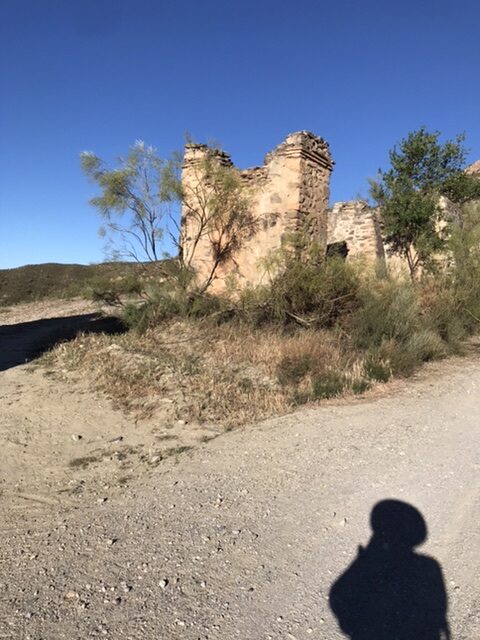
After a night’s rest, It’s time to resume my walking pilgrimage on camino Mozárabe.
Baadaye and Buen Camino
Shirley J ♥️
This and several posts this summer will chronicle my pilgrimage in Spain where I will walk the 1400 kilometer-long camino Mozárabe. Read my announcement here.

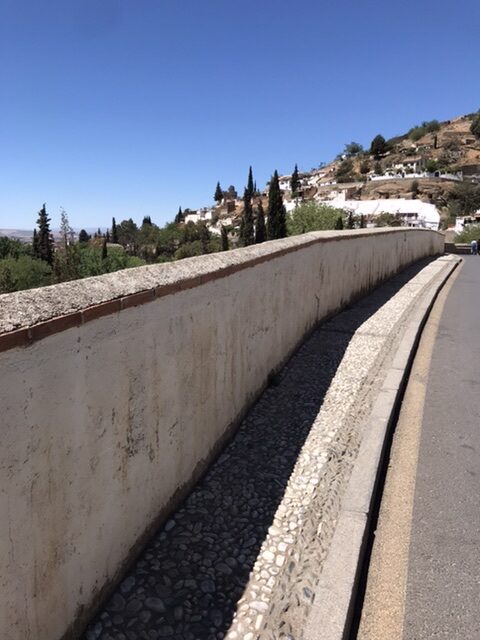
4 thoughts on “👣 Noire Pilgrim: What is Camino Mozárabe?”
Your # 1 fan, keep up the good work. 🙏🏽
You are surely that! I hope it encourages you to get on the path even if it is in the neighborhood.
Shirley, this is fascinating and impressive! Thank you for sharing your journey 💜
Thank you for reading, Natalie. Glad to share. Already, the time is passing quickly. For me, it is a privilege to be a traveler here. I have seen signs pointing to Portugal from time to time. My journey will eventually follow the Spain/Portugal border to Santiago.
Comments are closed.